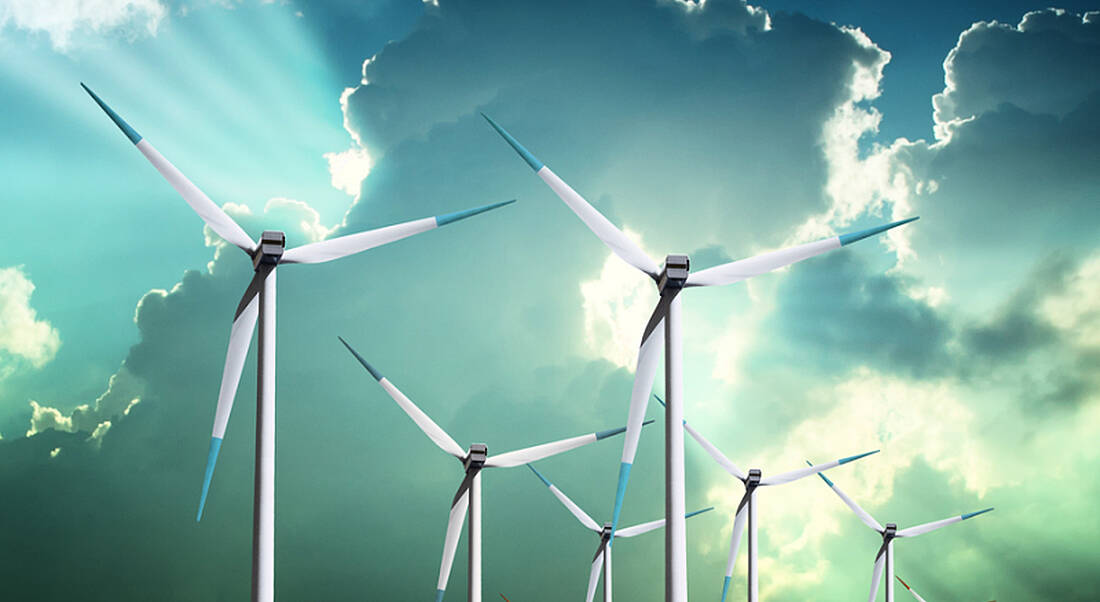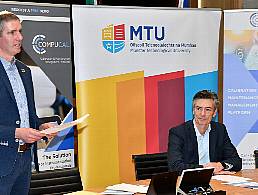In one of the most ambitious scenarios put forward by an independent Trinity College Dublin (TCD)/Economic Social Research Institute (ESRI) report into wind energy, as many as 35,000 jobs could be created across the Irish economy.
In the study, commissioned by Siemens and the Irish Wind Energy Association (IWEA), TCD and the ESRI state the overarching results of the report entitled An Enterprising Wind; An Economic Analysis Of The Job Creation Potential Of The Wind Sector In Ireland suggest that continuing to grow the wind-power industry in Ireland would have a substantial positive impact on the economy.
The independent academic study has been researched and produced by Dr Amy O’Mahoney of TCD and Prof John FitzGerald of the ESRI. It is the first of its kind, as it is based on a detailed study of delivered wind-energy projects in Ireland and other international studies into the economic impact of wind energy.
Overall investment would amount to between between €7bn and €29bn, depending on the level of ambition pursued, and this significant level of investment, combined with employment growth, would contribute significantly to Ireland’s economic growth.
Wind economy scenarios for Ireland
The study puts forward three economic scenarios, depending on levels of ambition with which the opportunity is grasped:
Scenario 1:
Ireland meets its binding current 2020 targets and installs 4000MW of wind energy – resulting in 8,355 jobs, more than doubling the number of jobs now in the sector.
Scenario 2:
Ireland builds on the existing Irish target of 4000MW and also adds 4000MW of onshore and offshore wind-energy capacity for export purposes – resulting in a total of 17,084 jobs.
Scenario 3:
The most ambitious scenario, Ireland develops 12GW of installed wind capacity through 4GW of domestic capacity and an additional 8GW dedicated for export capacity (onshore and offshore), resulting in a total of 35,275 jobs within the sector and other sectors of the economy (induced jobs), as a result of this investment (22,675 plus 12,600, respectively).
Job opportunities at all skill levels
The study suggests that the potential manufacturing jobs would offer a way back into the workforce for those who are unemployed and seeking entry-level positions. In the same vein, a significant proportion of these jobs (about 35pc) are likely to be generated in regions where employment growth in an economic recovery may be slowest and where, as a consequence, unemployment may remain stubbornly high.
“This independent study highlights the considerable potential the wind-energy sector has to drive economic growth in Ireland and, most critically, creating local jobs in local communities,” Kenneth Matthews, CEO of the Irish Wind Energy Association (IWEA), explained.
“It is important now that all stakeholders and communities work closely together to grow the existing employment level of this sector from 3,400 to the potential that this report shows can be achieved for the benefit of all.”
Jobs created in the wind energy sector would span a range of areas including engineering, operation & maintenance, executive and commercial roles and roles for low skilled workers. The report highlights that Ireland has an existing comparative advantage in the design of IT systems and software, likely to be a fruitful field in the energy sector for future investment and employment.
Winds of change
According to Gary O’Callaghan, head of Energy Sector, Siemens, Ireland is fortunate to enjoy one of the best onshore and offshore wind regimes in the world and the debate in wind energy needs to include the immense opportunities that harnessing this natural resource can bring.
“The key motivation behind this report is to add independent academic and economic rigour to this debate, particularly where it relates to the job-creation potential and macro-economic investment potential of the wind-energy sector in Ireland. Wind energy will continue to assist in Ireland’s recovery while at the same time promoting responsible, sustainable and sensitive development.”
Challenges in reaching the industry’s full potential are identified and include national transport infrastructure delivery, role of exports and community support.
Wind farm image via Shutterstock




